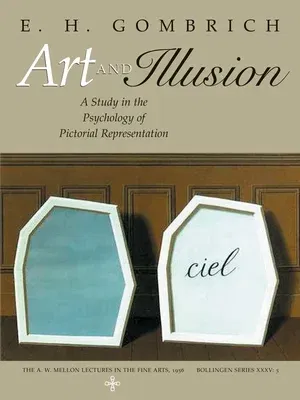E H Gombrich
(Author)Art and Illusion: A Study in the Psychology of Pictorial Representation - Millennium Edition (Revised)Paperback - Revised, 24 December 2000

Qty
1
Turbo
Ships in 2 - 3 days
Only 2 left
Free Delivery
Cash on Delivery
15 Days
Free Returns
Secure Checkout

Part of Series
National Gallery of Art, Washington, DC
Part of Series
A. W. Mellon Lectures in the Fine Arts
Part of Series
Bollingen
Part of Series
Bollingen Series (General)
Print Length
512 pages
Language
English
Publisher
Princeton University Press
Date Published
24 Dec 2000
ISBN-10
0691070008
ISBN-13
9780691070001
Description
Product Details
Author:
Book Edition:
Revised
Book Format:
Paperback
Country of Origin:
US
Date Published:
24 December 2000
Dimensions:
24.99 x
19.46 x
2.46 cm
ISBN-10:
0691070008
ISBN-13:
9780691070001
Language:
English
Location:
Princeton
Pages:
512
Publisher:
Series:
Weight:
1143.05 gm